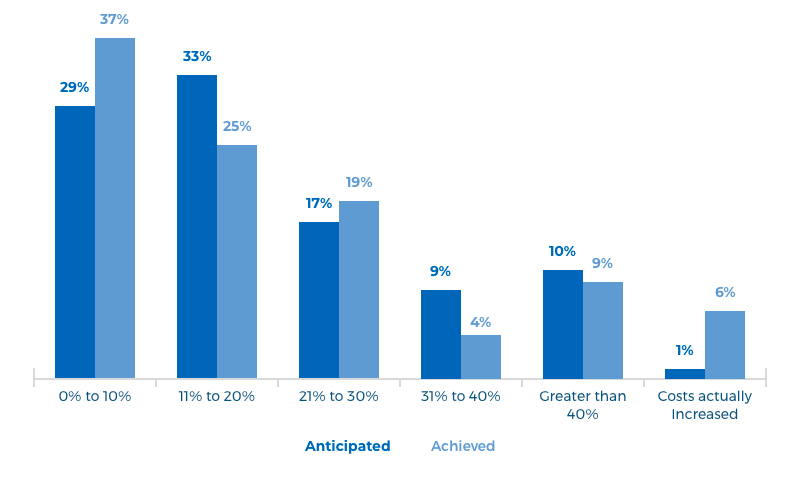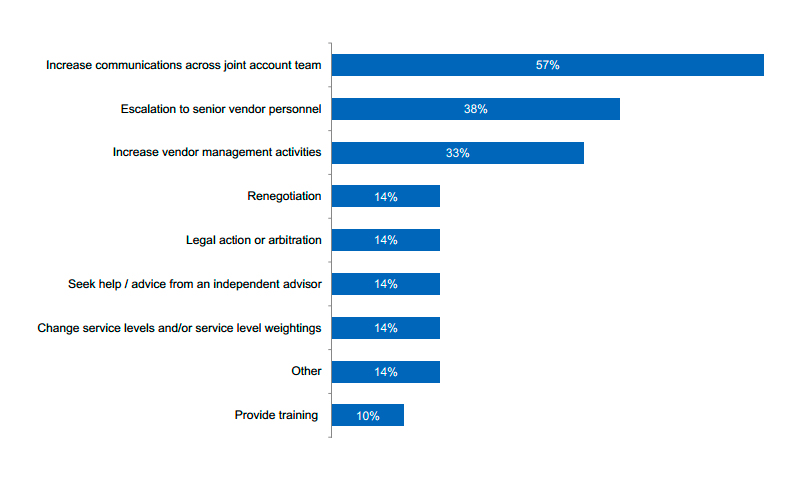Insourcing Software Development Strategy: Is Going Back “In-House” Your Best Choice?

IT copywriter
Reading time:
Among the issues most often forcing chief executives to consider bringing outsourced software products back in-house of recent are changes in business strategy, lower-than-expected vendor performance, and smaller-than-anticipated cost reductions.
“Insourcing” and managing the entire work IT infrastructure is a sourcing strategy that offers its own benefits and drawbacks. To help you make the right choice, we provide some points when considering the need for a transition. We also reveal some hidden costs of the insourcing model that must be considered in order to make a legitimate evaluation.
Is an insourcing transition required?
Despite its popularity due to being often seen as a company’s best financial option, outsourcing has its own sharp edges. For example, examining cost reduction of application development — one of the major drivers of outsourcing — shows that only 42% of companies experienced a significant decrease in costs after turning to outsourcing. Furthermore, 53% of companies were disappointed with actual cost reduction results from outsourcing.
Image 1. What were the anticipated and achieved cost reduction percentages as a result of your most recent outsourcing experience?

Naturally, as a competent specialist in your field, you are well aware that changing the software development strategy can be highly disruptive to an organization. Without a thorough analysis of the current development process and careful planning, this all may be a massive failure.
In your software development strategy plan, we suggest for you to:
- Formulate the main reasons for and benefits of development teams in-house.
- Evaluate accurately the current state of the service, its overall price and performance efficiency.
- Define the desired process improvement.
- Demonstrate how much more effective your organization would deliver the service compared to outsourcing.
Hidden costs of insourcing
Ok, so you’ve evaluated the current and future service quality, thought of expenses and decided that using internal teams would be more profitable in your situation. Although this certainly often may be the case, let’s first at least highlight several areas requiring special attention that could potentially bring considerable costs.
IT infrastructure
- Examine the technical specification of the service you plan to insource and the requirements for its implementation; check if the hardware (servers and data centers) and networking services are up for their new tasks.
- Check if the software (platforms, ERP, CRM, etc.) resources will handle an increased workload.
- Define any increased security in the software development life cycle what needed for insourcing to determine whether the existing security system needs any major upgrading.
HR infrastructure
- Check if there is a sufficient available workforce in your area with the skills required for your new projects. You may need to consider opening an extra office or relocating.
- With your company now fully in charge of wooing talented software engineering specialists to its team, are you able to offer suitable benefits packages to a new group of employees in a highly competitive job industry?
- Stepping into a new sphere, the HR department may need further training to deliver efficient recruiting, onboarding, and talent management efforts.
- A comfortable workplace plays a major role in employee productivity. Your sourcing strategy may require some planning for expansion costs and delays.
Further hidden costs to evaluate
- Monthly service charges
- Asset costs
- Project fees
- Early termination fees
Transition tips
- Discuss the upcoming transition within the organization and develop a realistic schedule and control systems for its implementation.
- Make a list of ‘what-ifs’ that could put the whole project at risk such as when a key employee leaves, and prepare possible alternatives.
- Wait to declare success and stay focused early in the transition. Unexpected problems will invariably arise that you’ll need to be ready for.
Making your right choice
Insourcing is not a solution that works in every case and of course, it all depends on the situation. After a preliminary analysis, you might decide that the potential savings aren’t worth the effort. And there are advantages other than cost savings, such as software development quality, or a particularly innovative solution that could never be afforded to be deployed within your organization.
But seeing that something made you consider changing the software development strategy in the first place — unreasonably rising costs or poor quality — there still remains a need for change.
There are two more options besides insourcing: One is to enhance your business relationship with your current vendor which in most cases is easily done by simply increasing the account team’s communications. The other options are to opt for a new vendor.
Image 2: What actions are you currently taking to improve satisfaction with your most recent outsourcing initiative?



Comments